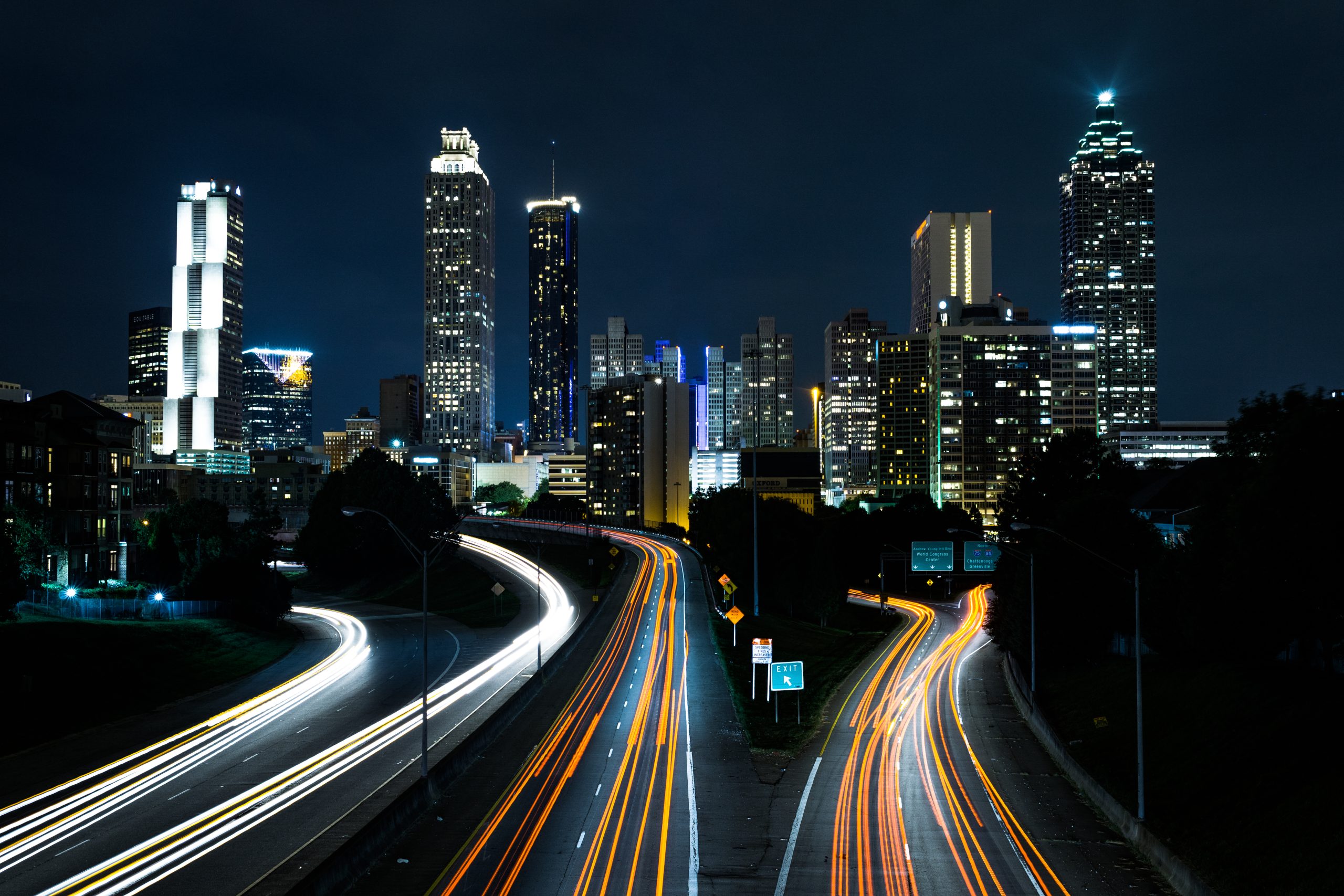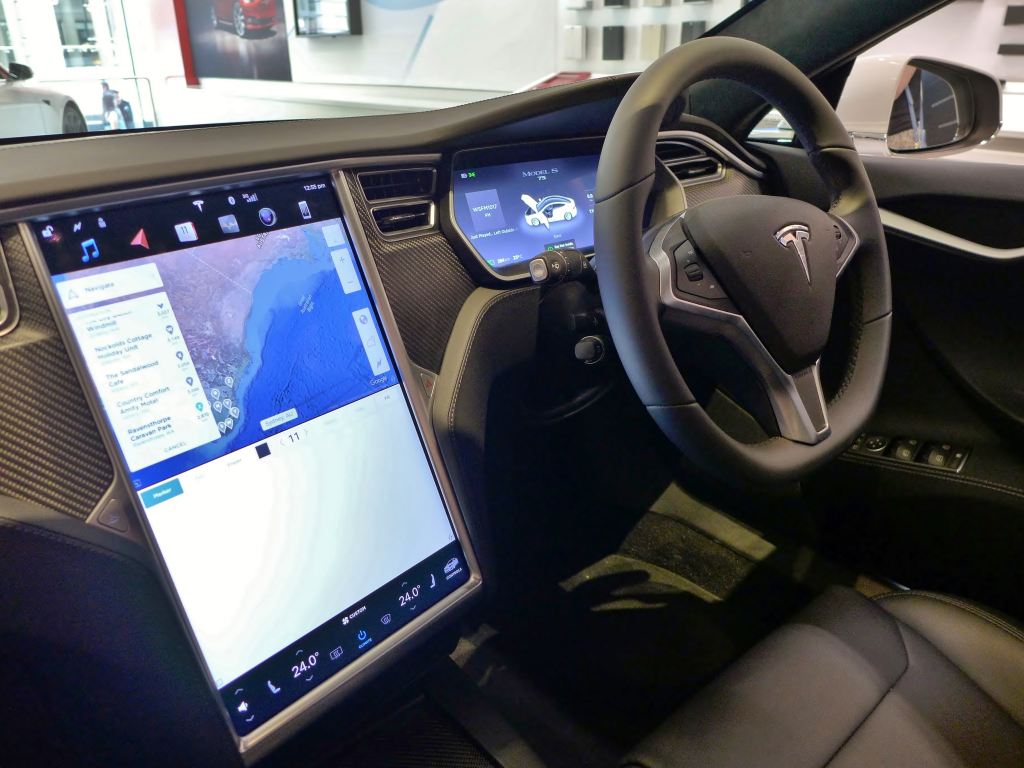Zichun Ma (Daisy)
Abstract
With the wave of digital city transformation, one has to think seriously about finding a balance between digital transformation and privacy protection to ensure that cities are moving towards efficient living. This paper will focus on the impact of digital transport and security in the context of the digital city transformation. Digital transportation has undoubtedly brought unprecedented convenience and efficiency to life. However, this change comes with a series of challenges. While the convenience of digital transportation has increased the efficiency of people’s traveling, it has also led to excessive consumption of resources. Although the digital city transformation has ensured traffic safety in multiple ways, reducing the incidence of traffic accidents has led to a new problem: the gradual increase in the risk of citizens’ privacy and security leakage.

Digital city transformation refers to includes digital transformation of the economy, life, governance, and other aspects (Anthony, 2021). It is not an overnight success but an iterative change and progressive development based on innovative and intelligent city development (Anthony, 2021).
“Night Dark Free Stock Image” by Joey Kyber is marked with CC4.0
Digital transportation impacts: improving public convenience but increasing waste of resources.
Digital transportation is a type of city mobility. Digitises and integrates traffic management and operational systems to achieve policy objectives and optimise the network for smoother, faster, more sustainable transport (Cubic Transportation Systems,n.d.). The impact and effect of information technology on urban transport may go beyond the infrastructure system(Camacho et al., 2013). Thus, the development goal of digital mobility informatisation should be broader than the advancement of intelligent transport technology. It also should align with the city’s development goal.
The sustainable urban transport development vision coincidentally focuses on five aspects: high efficiency, safety, low consumption, fairness, and support for urban development(Pardo, n.d.)
In response to digital mobility needs, information technology has transformed the patterns of supply and demand and the precision with which people and goods are moved and matched in urban mobility(Cruz et al., 2023).

The advent of Uber and Lyft has contributed to the enhancement of transportation through the utilisation of micro-mobility and shared mobility (van, 2018).
“Taxi City Free Stock Image” by Matt Bango is marked with CC1.0
Taking the 10-year evolution of travel characteristics in the East Kyoto metropolitan area as an example.
- The average daily travel rate of urban residents decreased from 2.84 trips/1 person in 2008 to 2.61 trips/ 1 person in 2018, a decrease of about 8% (Tokyo Metropolitan Transportation Planning. n.d);
- The total number of daily trips for shopping by residents decreased from 8.61 million trips in 2008 to 6.27 million trips in 2018, a decrease of 27%(Tokyo Metropolitan Transportation Planning. n.d);
- The total number of daily trips for residents’ dining, socialising and Entertainment total daily trips decreased from 4.18 million in 2008 to 2.63 million in 2018, a decrease of 37% (Tokyo Metropolitan Transportation Planning. n.d).
In addition, residents’ work, shopping and communication modes all showed significant changes closely related to information technology, with more than 20 per cent of face-to-face communication shifting to online meetings over the past ten years, the proportion of online shopping rising from 8 per cent to 19 per cent, and the proportion of communicating with friends via the Internet rising from 28 per cent to 36 percent (Tokyo Metropolitan Transportation Planning. n.d).
It must be accepted that in the context of urban digital transformation, the development of digital transport has significantly facilitated urban residents’ transit and daily life. However, the resulting resource issues have substantially hampered the emphasis on sustainable growth in urban digitisation. When compared to autos, public transportation has the advantages of increased transportation capacity, less energy consumption, and environmental protection(Gershon,2005). To truly solve the resource difficulties posed by transportation digitisation, it must solve more than only the level of intra-city transportation. However, in order to solve issues on a larger scale, we must mix the content of urban transportation and land use. As a result, the rapid expansion of digitalisation of urban public transport and the management of car usage should establish a consensus in the digital transformation of cities. However, many cities’ land use and transportation planning are currently in a semi-connected state, and they must create a land use pattern that supports public transportation services(Rodrigue, n.d.). This unintentionally lowers public transportation’s competitiveness and encourages people to use cars.

“Cityscape Travel Free Stock Image” by Matt Moloney is marked with CC1.0
- According to the Urban Mobility Report, the United States saw a significant amount of fuel wastage in 2019 as a consequence of traffic congestion. Specifically, an estimated 3.5 billion gallons of fuel were squandered, leading to the production of around 36 million tonnes of greenhouse gases (Gribbin, 2019).
- According to a study conducted by the Brookings Institution, it has been shown that around 7.5 million families in metropolitan areas of the United States, whichaccounts for up to 10 percent of the total, do not possess any vehicles. Consequently, these households are only able to access slightly over 40 percent of the available work opportunities within their respective metropolitan areas within a transit commute time of 90 minutes (Gribbin, 2019 & Lewis,2008).
From a mobility operations perspective, transportation supply capacity cannot meet the scale of travel demand during peak travel hours on the one hand. On the other hand, resources are wasted during peak and trough times, and the uneven utilisation of transportation facilities is prominent.
Security impact: reducing the incidence of traffic accidents but increase in the risk of citizens’ privacy and security leakage
Firstly, a digital transportation management system improves the safety of urban transportation(Cruz,2023). Through real-time monitoring of traffic flow and road conditions, intelligent traffic management systems can detect traffic accidents and congestion promptly and intervene promptly by adjusting intersection signals, speed limit measures and other means to reduce the occurrence of traffic accidents(Cruz,2023 & van, 2018). In addition, the intelligent transportation management system can achieve intelligent scheduling and optimisation of intersections through communication and collaboration between vehicles, reducing the risk of intersection conflicts and accidents.
TMRQid. (2021). Ipswich Connected Vehicle Pilot. Www.youtube.com. https://www.youtube.com/watch?app=desktop&v=bvT3aQYBSjs
For example, In Australia, the Cooperative Intelligent Transport System (CITS) will be introduced in early 2023. This system will allow “road vehicles to communicate with other vehicles, road infrastructure and data” and notify pedestrians and vulnerable road users on bicycles when an accident may occur.
Function: Connected transport technology has been trialled in the U.S., Japan and Europe, as well as in Queensland, where in Ipswich, nearly 500 vehicles were fitted with an alert system developed by South Australian company code wireless. Participants drove a total of 2.7 million kilometres during the nine-month experiment. The results showed that the technology reduced the number of red-light running by 22 per cent and had the potential to reduce traffic accidents by 20 per cent (Queensland Government, 2022).
However, the impact of security in the digital city transformation has been changing. Unseen security is often the prominent leader of d negative impacts. First, digital technology has inherent flaws—both devices, hardware and software, firmware, and network connections. Rely on human-written code production and operation; the code itself is imperfect: vulnerabilities and hidden dangers are challenging to avoid and remove altogether (Lindley,2023). For attackers to implement the invasion, manipulation and destruction, provide the entrance and path (Lindley,2023). Secondly, as the entire physical world, human relationships, and even thinking are transformed into machine-recognizable and processable numbers and information, their copying, modification and manipulation has also increased dramatically(Roberts,2019). This facilitates profit-seeking cybercriminal gangs, state-supported high-level hacking organisations, and employees of corporations in stealing sensitive and high-value information or sharing private information. The popularity of intelligent bodies, industrial control systems, and government management processes has expanded the attack surface, laying many security risks.

“Tesla Model S interior, Sydney-Martin Place, 2017 (01)” by Bahnfrend is marked with CC4.0
For example, in recent years, the mainstream group of automobile consumers has shown rapid growth in the demand for digital configuration (Wolters Kluwer, 2022). Autopilot function, voice interaction and intelligent car machine system provide the latest version of the function of wireless download software upgrade and other digital technology, highly sought after by the consumer market. Taking the famous Tesla as an example, nine former Tesla employees broke the news that between 2019 and 2022, Tesla employees privately shared some private videos and images recorded by car owners’ in-car cameras through the internal messaging system. It is also impossible to determine whether this Tesla behaviour of sharing in-car camera footage continues and how prevalent it is within Tesla(Rosenzweig-Ziff, 2023).
Therefore, the core of personal information protection in developing digital cities is to balance open data sharing and personal information protection. Thus, while promoting the maximisation of the release of data value, the protection of personal privacy and information can be achieved. Specifically, it is necessary to improve corresponding measures from legislation, industry and individuals. For example, the legal system for personal information protection should be fully formulated, and the publicity of personal information protection and the implementation of supervision and law enforcement should be strengthened.
CONCLUSION
Overall, the digital transformation of cities has brought convenience and efficiency to public life, with notable achievements, especially in digital transportation, which has reduced the number of traffic accidents. However, this process has also been accompanied by problems such as excessive consumption of resources and leakage of citizens’ privacy and security. While pursuing digital convenience, we must think carefully about balancing convenience and privacy security to ensure the sustainable development of urban digital transformation and protect citizens’ personal information from threats. This requires governments, businesses and the public to work together to develop clear policies and measures to address the challenges of the digital age and ensure a safer and more sustainable digital future for cities.
References
Anthony Jnr, B. (2021). Managing digital transformation of smart cities through enterprise architecture – a review and research agenda. Enterprise Information Systems, 15(3), 299–331. https://doi.org/10.1080/17517575.2020.1812006
Camacho, T. D., Foth, M., & Rakotonirainy, A. (2013). Pervasive Technology and Public Transport: Opportunities Beyond Telematics. IEEE Pervasive Computing, 12(1), 18–25. https://doi.org/10.1109/MPRV.2012.61
Cruz T, Royo, B, Ciprés, C.(2023). Urban Mobility Transition Driven by New Digital Technologies. In Towards User-Centric Transport in Europe 3,pp3-21. Springer International Publishing AG. https://doi.org/10.1007/978-3-031-26155-8_1
Cubic Transportation Systems(n.d.), Digital Mobility. https://www.cubic.com/sites/default/files/Cubic_Digital_Mobility_Whitepaper.pdf
Gershon, R. R. M. (2005). Public transportation: advantages and challenges. Journal of Urban Health, 82(1), 7–9. https://doi.org/10.1093/jurban/jti003
Gribbin, D. (2019, October 16). Congestion pricing is all around us. Why is it taboo on our roads? Brookings. https://www.brookings.edu/articles/congestion-pricing-is-all-around-us-why-is-it-taboo-on-our-roads/
Lewis, D. (2008, July 25). America’s Traffic Congestion Problem: Toward a Framework for National Reform. Brookings. https://www.brookings.edu/articles/americas-traffic-congestion-problem-toward-a-framework-for-national-reform/
Lindley, H. (2023, September 15). How to close gaps between AI coding and secure software with DevSecOps. The SHI Resource Hub. https://blog.shi.com/program-security/how-to-close-gaps-between-ai-coding-and-secure-software-with-devsecops/
Pardo, C F, (n.d.), Sustainable Urban Transport, United Nation, https://www.un.org/esa/dsd/susdevtopics/sdt_pdfs/shanghaimanual/Chapter%204%20-%20Sustainable%20urban%20transport.pdf
Queensland Government, (2022),Ipswich Connected Vehicle Pilot Safety Evaluation Summary Report.. https://research.qut.edu.au/carrsq/wp-content/uploads/sites/296/2022/11/IVCP-Safety-Evaluation-1.pdf
Rosenzweig-Ziff, D. (2023, April 9). Tesla workers shared, mocked drivers’ car camera footage, lawsuit says. The Sydney Morning Herald. https://www.smh.com.au/business/companies/tesla-workers-shared-mocked-drivers-car-camera-footage-lawsuit-says-20230409-p5cz3n.html
Rodrigue, J. (n.d.). 8.2 – Urban Land Use and Transportation | The Geography of Transport Systems. The Geography of Transport Systems. https://transportgeography.org/contents/chapter8/urban-land-use-transportation/
Roberts, S. T. (2019). Understanding Commercial Content Moderation. In Behind the Screen (pp. 33–72). Yale University Press. https://doi.org/10.12987/9780300245318-003
van, J. (2018). Urban Transport. In The Platform Society. Oxford University Press. https://doi.org/10.1093/oso/9780190889760.003.0005
